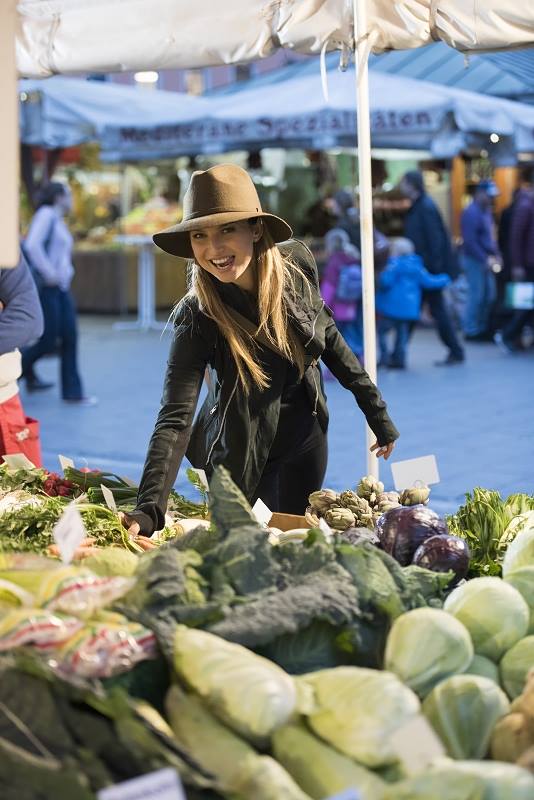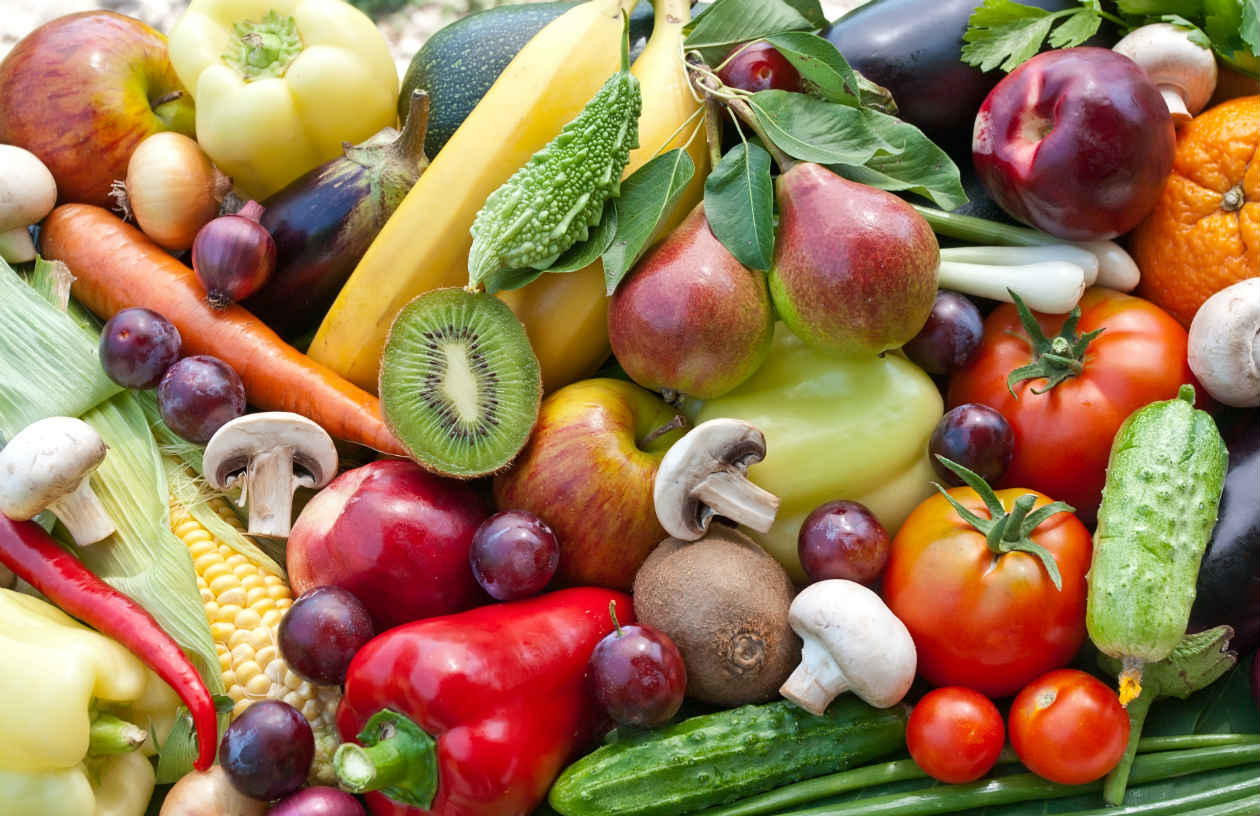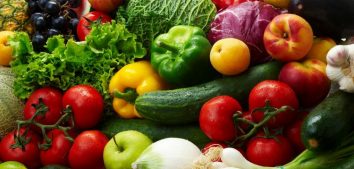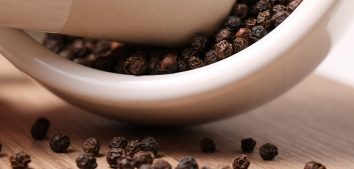
Vegetables and fruits- part 1 flavonoids
The summer is almost over and autumn is just around the corner, so its the time of the last harvest of plant wealth. Markets are laughing at us with colors, people are making homemade preserves, yet we can still enjoy fresh, fragrant fruits and vegetables.
photo: Adam Mruk
Are you? I hope so. I decided to remind you why we should.
You know that our bodies need vitamins and minerals. It is easier to determine which foods are rich in potassium and magnesium so they can provide us with the elements.
In general, it is known what to eat the increased demand for the various vitamins. At the same time we always have an emergency exit: Each pharmacy has shelves full of minerals and vitamins in various forms and sets.
I am in favor of wise supplementation justified medically. For example, in our climate we can already begin the autumn-winter supplementation with vitamin D. But we must remember that supplements are just the type of prosthesis, because the vitamins and minerals supplied in the diet are more easily absorbed, plus they usually occur together with ingredients that enhance their bioavailability.
Beware! Vegetables and fruits in addition to vitamins and minerals, offer us a wealth of phytochemicals, which are irreplaceable! These include flavonoids!
Flavonoids are substances which are stored generally close to the surface of plants and perform many important functions. They protect the plant cells against disease , insects and fungi , as well as UV radiation , and they attract beneficial insects .They are usually in the form of cream-colored dyes that are dissolved in the cell juice of flowers and leaves, less often in bark and seeds ( isoflavones in soybean seeds ) . Sometimes they crystallize in the cells of the skin ( epidermis ), for example . Hesperidin in the orange fruit. A special group of flavonoids are the anthocyanins, which are distinguished among others by the colors they give to flowers and fruits – purple , violet and blue.
I will not torture you with biochemical structure of flavonoids or their types . Until now we classified several thousand flavonoids ,and they are divided into 13 groups . A study is still ongoing , because although some of their advantages are known for centuries , the flavonoids still have hidden secrets.
They have enough advantages, there were an attempt to refere to them as another vitamin – P , in particular because of the impact on the flexibility of the blood . Today, the term is used less frequently , and active biological connection flavonoids are referred to as bioflavonoids . A deficiency of bioflavonoids ( former vit . P ) in the body manifests itself most often by rupture of capillary vessels ( s bruising , bleeding gums, etc. )
I will mention the most important activity of flavonoids in the human organism :
- sealing the capillary endothelium , and thus reducing the permeability of red blood cells and plasma (activity of the former vitamin P)
- distended vessels and reducing blood pressure , the effect on coronary flow in the heart muscle
- diuretic
- antispasmodic action on the smooth muscles of the gastrointestinal tract and urinary tract
- weakening the ability of platelets to create thrombogenicity
- anti-inflammatory action
- antiallergic action
- protection of the liver against toxins
- protection of vitamin C in the body
- antiulcer activity
- antifungal activity
- it affect the biosynthesis of collagen and improve the stability of the connective tissue (health and appearance of skin )
Flavonoids, and especially anthocyanins are excellent soldiers in the war against free radicals. Their antioxidant activity has been proven repeatedly and their role can not be underestimated, because they are slowing the activity of enzymes involved in the production of free radicals. Of course, different plants offer us a variety of phytochemicals, each with specific advantages. It is important to know that the complexes flavonoid contained in the plant material to work better and more effective than the pure isolated compounds.
The seasonal fruits and vegetables nutrients are in ideal proportions. Moreover they work in synergy, so they support each other positively influencing processes in the body.
Eat seasonal fruits and vegetables!
in my research i was using:
“Fitoterapia i leki roślinne” E. Lamer-Zarawska, B. Kowal-Gierczak, J. Niedworok i “Fitoterapia i ziołolecznictwo” H. Różański












Comments No Comments
Join the discussion…